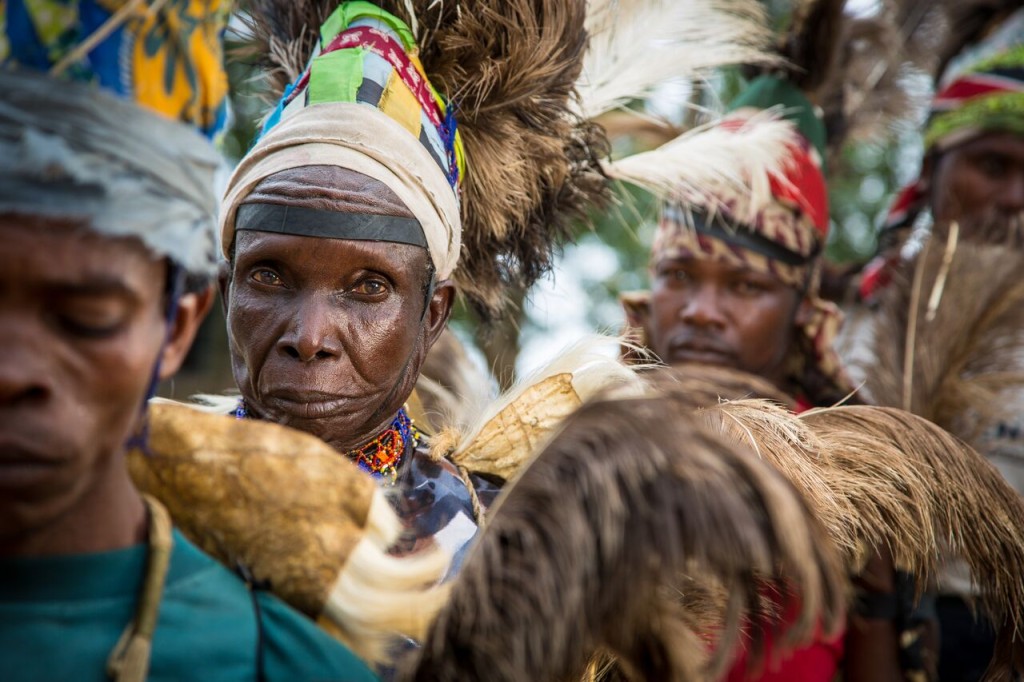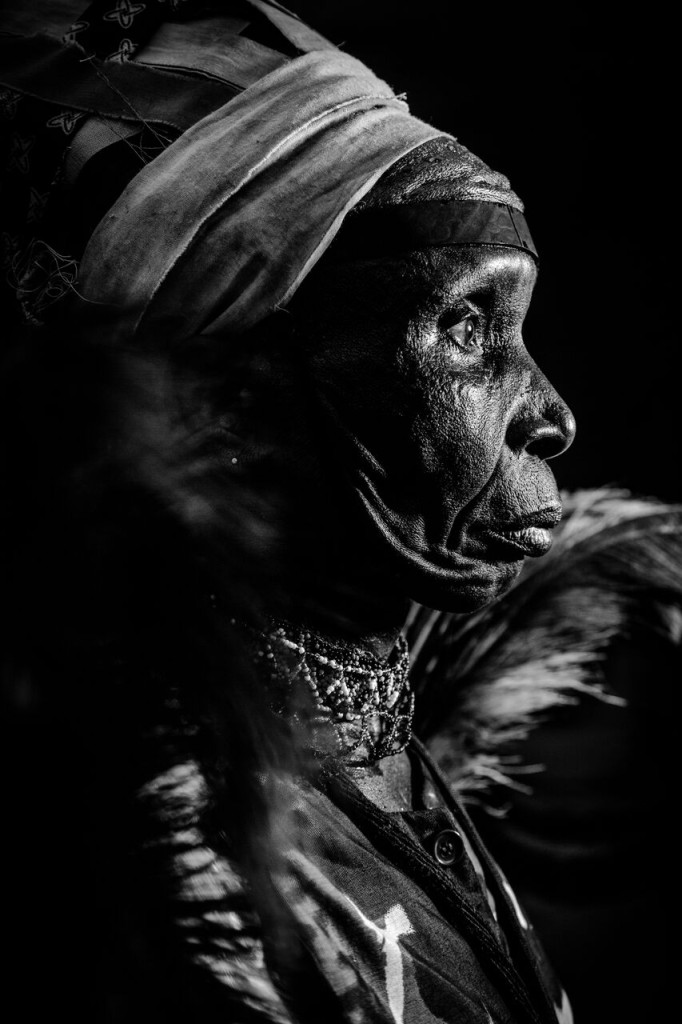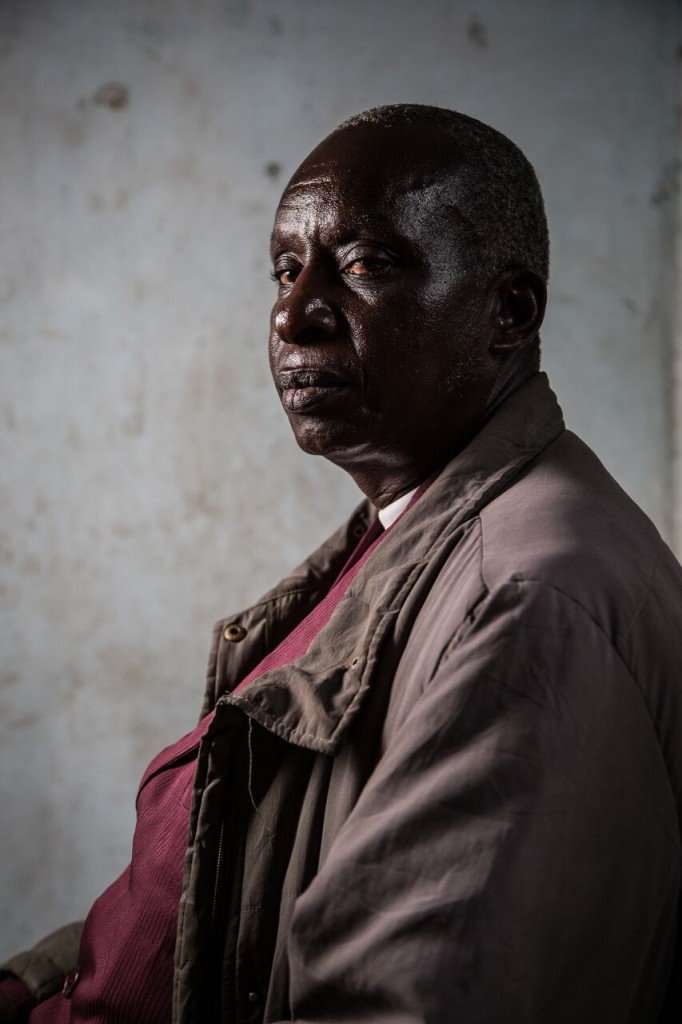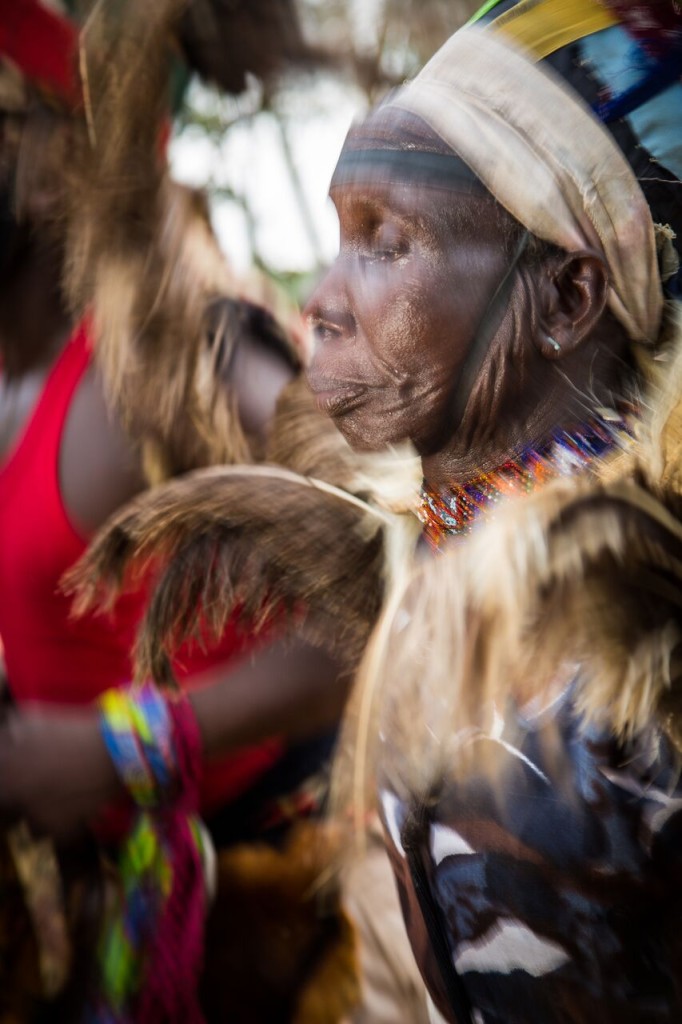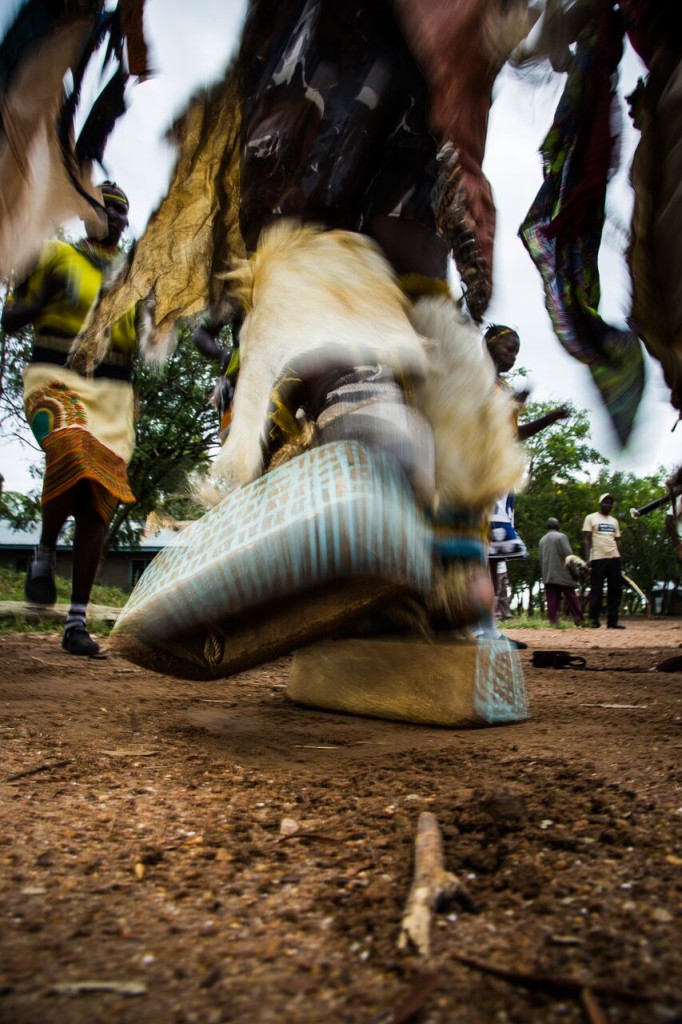Stories of the Kuria Tribe
By Stuart Butler
In 2015, whilst researching a book on contemporary Maasai life (see www.walkingwiththemaasai.com), myself and a Maasai friend, Josphat Mako, walked for five weeks across a part of Kenya’s Maasai lands. Along the way, we stopped to talk to as many Maasai elders as possible during which I always asked them to tell me tales of the old ways.
The Stories of The Maasai
I loved these conversations. Sitting in the dark, womb-like interior of a smoke-filled hut listening to their stories of cattle raids and lion hunts, encounters with wildlife and the changes brought by technology, conservation and tourism. Again and again though, as we talked of the infamous Maasai cattle raids or the art of stealing cows from neighbouring tribes, I heard the word ‘Kuria’ mentioned. It was a word I’d heard many times over the years and I knew that the Kuria were one of the many tribal groups of Kenya and Tanzania, but that was really about the limit of my knowledge.
Meeting the Kuria Tribe
With spears and red shukas (robes), the Maasai are so intrinsically linked to the Serengeti and Maasai Mara that most people are completely unaware of another major tribal group whose homeland often overlaps that of the Maasai living in the western parts of the Serengeti and Mara. The Kuria (Koria, Wakuria, Abakuria) peoples number around a million and are spread almost equally between Kenya and Tanzania and, so my discussions with Maasai elders in Kenya indicated, the Kuria seemed to be the victims of choice when the Maasai moran (warriors) went cattle raiding. As far as I could tell most Maasai seemed to hold the Kuria with a certain degree of contempt. They were, after all, a Bantu farming people. But alongside that there were also traces of respect for their fighting prowess and use of poisoned arrows.
An example of this kind of respectful contempt for the Kuria can be seen in the conversation Josphat and I had one morning with Sankale Ntutu from Kenya’s Maji Moto region. Sankale looks, like so many Maasai men who’ve grown old walking the bush, middle-aged and fighting fit, but he claimed to be a “very old man”. He spoke in a slow, clear and precise voice and seemed to think about every word he said. Today he’s the age-group leader for the Maasai of the Maji Moto area and this position means that he’s politically connected. Politics though are not his interest. Instead, he prefers to talk about Maasai culture and history and his real passion was talking about his past as a Maasai moran (warrior).
A Tale of Cattle Raiding
I asked him to describe his first cattle raid to me, “There were thirty-eight of us and we walked to Tanzania, past the Serengeti, to raid the Kuria people. Before we launched the raid we covered ourselves and our spears in a special mixture of herbs which protects us and makes sure we do not accidently kill the innocent, because it’s a crime to do this. Normally raids are done at night but the laibon (Maasai spiritual leader and a figure who is always consulted before a cattle raid) told us that this time we should do it in the daytime when the cattle were drinking. He had seen what would happen using his powers and he said that if we tried to raid at night or too early in the morning then we would be finished because the Kuria would be alert. The laibon said that in the middle of the day there would be only one man guarding the cows and that he had only one eye so wouldn’t be able to see us well. But he told us not to kill him, but just to take him prisoner, tie him up and leave him by the river. The laibon said this man had very poisonous arrows so we had to be careful. He also warned us not to take too many cows from this first herd because more herds of cows would be following on behind. The next lot of cows would be led by two girls and from this herd we should take only another few cows. The third herd would be led by some men who would just disappear when they saw us. From this herd, we could take as many as we wanted. And this is exactly what happened, except that we made a mistake and we let the two girls go and they ran and told the police what happened. When we got back to the border of Kenya and Tanzania the police were there waiting for us. But we were clever and we lit a big fire to distract them. We let some of the grass of the Serengeti burn! The police were then too busy trying to put out the flames to bother with us. It was a big fire and it took them two days to put it out and while they did that we got the cows over the border. Here we split into small groups and each of us led five cows so that we could avoid attracting the attention of the Kenyan police who were also now looking for us”.
Welcome to Mbalibali Village
Nearly a year after this conversation I found myself pulling up into the muddy centre of the Kuria farming village of Mbalimbali, a name that means ‘the sun rays’ in the Kuria language. My arrival had been expected and ten or so villagers, dressed in ostrich feathers, leopard skin cloaks, wooden clogs and a rainbow of beaded jewellery and clashing colours, launched into an energetic, head rolling, shoulder bopping, clogged foot-stamping dance routine in order to welcome me into their village.
When the dancing fun came to a sweaty end we all piled into the cool shade of a cement block building and started to talk. After hearing so many stories about the Kuria from the Maasai point of view I was keen to learn what the Kuria thought of the Maasai. But first, I wanted to know where the Kuria had originally come from.
Most ethnic groups in Africa have some form of migration myth that often seems to involve a certain amount of magic, but I was surprised to learn that for the Kuria this didn’t really seem to be the case and in fact there was a certain amount of confusion as to their past. Everyone present knew that they were a Bantu peoples (unlike the Nilotic Maasai) and all were certain that the Kuria had arrived in the areas between Lake Victoria and the Serengeti just a few generations ago. After that though there was far more uncertainty. One old man, the oldest in the village, said he remembered as a child moving from Tanzania into Kenya to escape the German overlords of Tanzania from making his family build roads and then returning to Tanzania once the German work threat was gone. Although seeing as the German colonial period ended with World War One, I had a few doubts as to the accuracy of his memory.
Kuria Origins
Foggy recollections or not, the reality is that nobody actually knows where the Kuria originally came from and the name Kuria has only been in use for about sixty years. It’s likely though that the ancestors of the Kuria arrived in the Mt Elgon region of Kenya/Uganda from areas further west in the mid-16th Century before, slowly, moving south to their present homeland between Lake Victoria and the Serengeti.
The conversation dug itself deeper into murky history before turning to the more certain topic of their superiority over their arch-enemies the Maasai. Today, relations are cordial between the two groups, “We can have breakfast together and some Maasai watch our cows and we theirs”, but this is a very recent state of affairs that occurred only after a peace was brokered in 1996. Today Kuria and Maasai are often found working together in the safari industry (many Asilia Africa camps in this area employ both and this alone has done much to create positive relations between the two groups) but when I asked if there was ever now intermarriage between the groups there was a general gasp of horror and head shaking until one man jokingly said “Well it depends. If it’s a pretty Maasai girl then it’s okay!”
Pretty girls though can’t erase memories of the past (well not always anyway) and when I asked if any of the assembled group had ever been victim of a Maasai cattle raid a sprightly eighty-four-year-old man recalled how one night, back when he was very young, about eighteen Maasai moran raided his boma, killing about six or seven members of his extended family and stealing one hundred cattle. The Maasai, he said, came armed with spears and he remembered being very frightened and hiding inside one of the huts. And did the Kuria ever raid the Maasai bomas? “Oh yes”, came the general reply, “Several times we men here went on raids in Kenya. One time we took many Maasai cows, but rather than fight, the Maasai told the police and the Kenyan police took the cows back off us. But we waited a year or two and then went back to Kenya and took the cows again”.
I asked if any of the men present had ever killed any Maasai during a raid and straight away one man proudly said, “Yes, I have killed many of them. These Maasai moran think they are very strong. But they’re not very clever. They came with spears, but we had guns!” It was a story I have since taken great pleasure in retelling to Maasai friends…
The post Stories of the Kuria Tribe appeared first on Asilia Africa.
